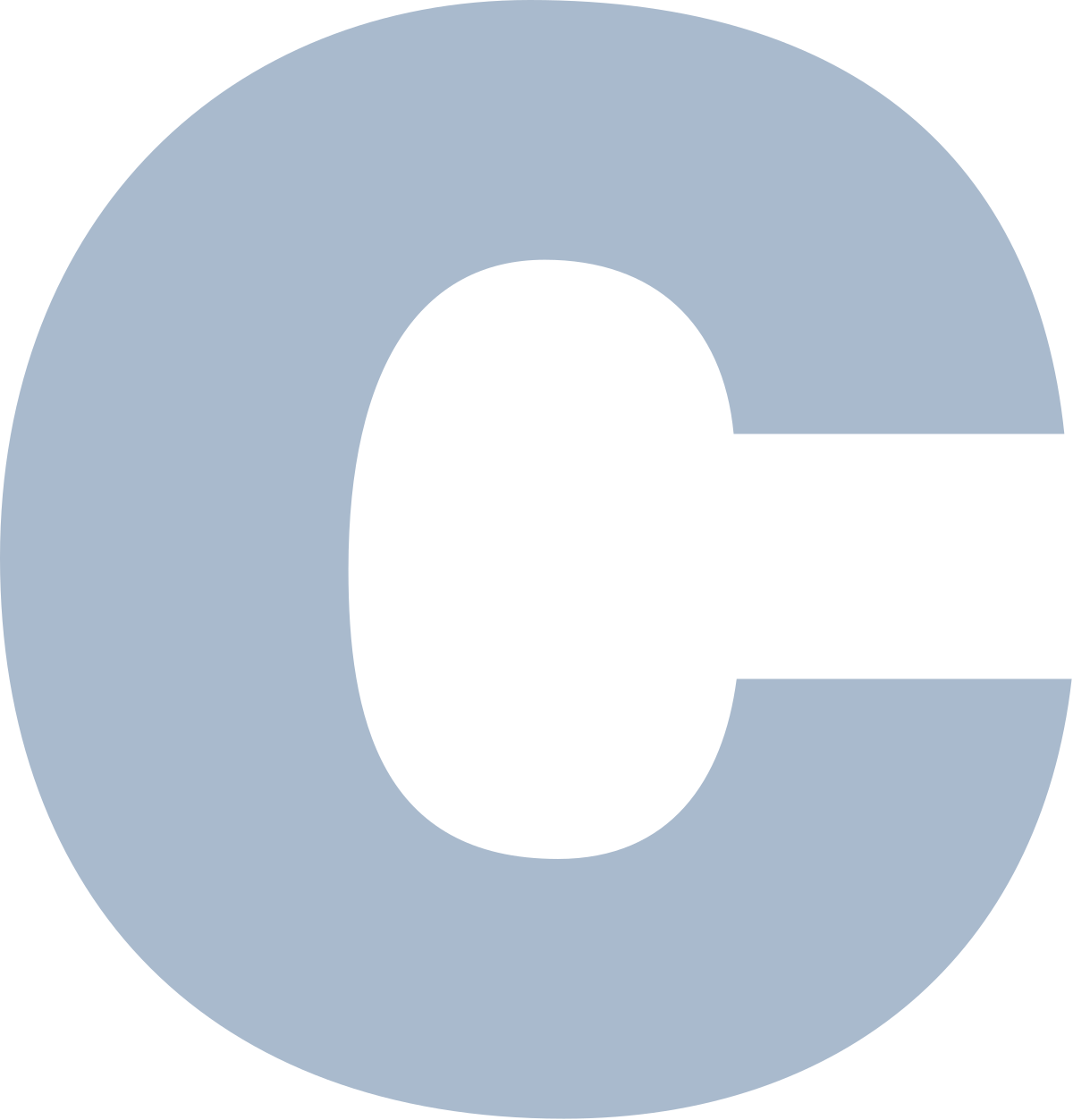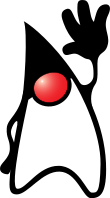KLiC C , C++, & JAVA Programming Innovation
COURTESY :- vrindawan.in
Wikipedia
Java is a high-level, class-based, object-oriented programming language that is designed to have as few implementation dependencies as possible. It is a general-purpose programming language intended to let programmers write once, run anywhere (WORA), meaning that compiled Java code can run on all platforms that support Java without the need to recompile. Java applications are typically compiled to byte code that can run on any Java virtual machine (JVM) regardless of the underlying computer architecture. The syntax of Java is similar to C and C++, but has fewer low-level facilities than either of them. The Java runtime provides dynamic capabilities (such as reflection and runtime code modification) that are typically not available in traditional compiled languages. As of 2019, Java was one of the most popular programming languages in use according to GitHub, particularly for client–server web applications, with a reported 9 million developers.

Java was originally developed by James Gosling at Sun Micro systems. It was released in May 1995 as a core component of Sun Micro systems’ Java platform. The original and reference implementation Java compilers, virtual machines, and class libraries were originally released by Sun under proprietary licenses. As of May 2007, in compliance with the specifications of the Java Community Process, Sun had relicensed most of its Java technologies under the GPL-2.0-only license. Oracle offers its own Hot Spot Java Virtual Machine, however the official reference implementation is the Open JDK JVM which is free open-source software and used by most developers and is the default JVM for almost all Linux distributions.
As of September 2022, Java 19 is the latest version, while Java 17, 11 and 8 are the current long-term support (LTS) versions.
James Gosling, Mike Sheridan, and Patrick Naughton initiated the Java language project in June 1991. Java was originally designed for interactive television, but it was too advanced for the digital cable television industry at the time. The language was initially called Oak after an oak tree that stood outside Gosling’s office. Later the project went by the name Green and was finally renamed Java, from Java coffee, a type of coffee from Indonesia. Gosling designed Java with a C/C++-style syntax that system and application programmers would find familiar.
Sun Microsystems released the first public implementation as Java 1.0 in 1996. It promised write once, run anywhere (WORA) functionality, providing no-cost run-times on popular platforms. Fairly secure and featuring configurable security, it allowed network- and file-access restrictions. Major web browsers soon incorporated the ability to run Java applets within web pages, and Java quickly became popular. The Java 1.0 compiler was re-written in Java by Arthur van Hoff to comply strictly with the Java 1.0 language specification. With the advent of Java 2 (released initially as J2SE 1.2 in December 1998 – 1999), new versions had multiple configurations built for different types of platforms. J2EE included technologies and APIs for enterprise applications typically run in server environments, while J2ME featured APIs optimized for mobile applications. The desktop version was renamed J2SE. In 2006, for marketing purposes, Sun renamed new J2 versions as Java EE, Java ME, and Java SE, respectively.
In 1997, Sun Micro systems approached the ISO/IEC JTC 1 standards body and later the Ecma International to formalize Java, but it soon withdrew from the process. Java remains a de facto standard, controlled through the Java Community Process. At one time, Sun made most of its Java implementations available without charge, despite their proprietary software status. Sun generated revenue from Java through the selling of licenses for specialized products such as the Java Enterprise System.
On November 13, 2006, Sun released much of its Java virtual machine (JVM) as free and open-source software (FOSS), under the terms of the GPL-2.0-only license. On May 8, 2007, Sun finished the process, making all of its JVM’s core code available under free software/open-source distribution terms, aside from a small portion of code to which Sun did not hold the copyright.
Sun’s vice-president Rich Green said that Sun’s ideal role with regard to Java was as an evangelist. Following Oracle Corporation’s acquisition of Sun Micro systems in 2009–10, Oracle has described itself as the steward of Java technology with a relentless commitment to fostering a community of participation and transparency. This did not prevent Oracle from filing a lawsuit against Google shortly after that for using Java inside the Android SDK (see the Android section).
On April 2, 2010, James Gosling resigned from Oracle.
In January 2016, Oracle announced that Java run-time environments based on JDK 9 will discontinue the browser plugin.
Java software runs on everything from laptops to data centers, game consoles to scientific supercomputers.
Oracle (and others) highly recommend uninstalling outdated and unsupported versions of Java, due to unresolved security issues in older versions.
Java is the name of a programming language created by Sun Microsystems. This company was bought out by Oracle Corporation, which continues to keep it up to date. As of September 2022, Java 19 is the latest version, released in September 2022 (will be supported until March 2023) while Java 17, 11 and 8 are the current long-term support (LTS) versions, with Java 17 released on September 14th, 2021. Being an LTS version means that it will continue getting updates for multiple years. The next planned LTS version is Java 21 (LTS), planned for September 2023.
Being an open-source platform, Java isn’t just su pported by Oracle, e.g. Eclipse Adoptium also supports Java, to at least May 2026 for Java 8, and at least September 2027 for Java 17.
pported by Oracle, e.g. Eclipse Adoptium also supports Java, to at least May 2026 for Java 8, and at least September 2027 for Java 17.
Java, which was called Oak when it was still being developed, is object oriented, meaning it is based on objects that work together to make programs do their jobs. Java code looks like C, C++, or C#, but code written in those languages will not work in Java in most cases without being changed.
Java runs on many different operating systems, including Android, the world’s most popular mobile operating system (while Java continues to be used on Android, even by its maker Google, they no longer prefer Java; now Kotlin is their preferred language, though it can also be used with all Java code). This makes Java platform independent. It does this by making the Java compiler turn code into Java byte code instead of machine code. This means that when the program is executed, the Java Virtual Machine interprets the byte code and translates it into machine code.
Java and C++ are two prominent object-oriented programming languages. By many language popularity metrics, the two languages have dominated object-oriented and high-performance software development for much of the 21st century, and are often directly compared and contrasted. Java appeared about 10 years later and its syntax was based on C/C++.
The differences between the programming languages C++ and Java can be traced to their heritage, as they have different design goals.
C++ was designed for systems and applications programming (i.e. infrastructure programming), extending the procedural programming language C, which was designed for efficient execution. To C, C++ added support for object-oriented programming, exception handling, lifetime-based resource management (RAII), generic programming, template meta programming, and the C++ Standard Library which includes generic containers and algorithms (the Standard Template Library or STL), and many other general purpose facilities.

Java is a general-purpose, concurrent, class-based, object-oriented programming language that is designed to minimize implementation dependencies. It relies on a Java virtual machine to be secure and highly portable. It is bundled with an extensive library designed to provide a full abstraction of the underlying platform. Java is a statically typed object-oriented language that uses a syntax similar to (but incompatible with) C++. It includes a documentation system called Java doc.
The different goals in the development of C++ and Java resulted in different principles and design trade-offs between the languages. The differences are as follows:
